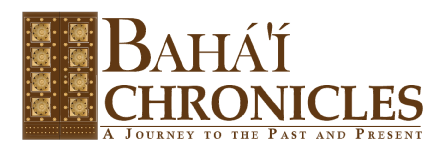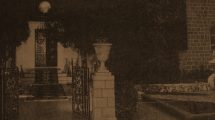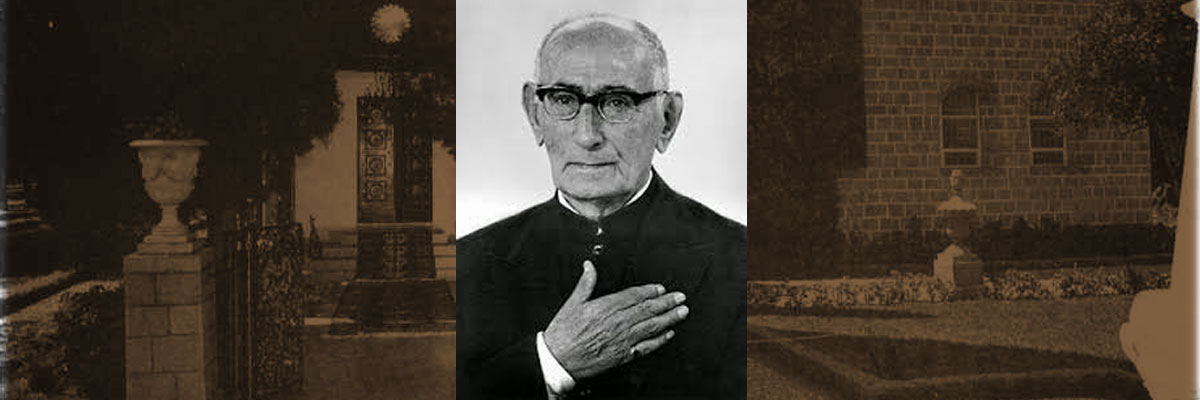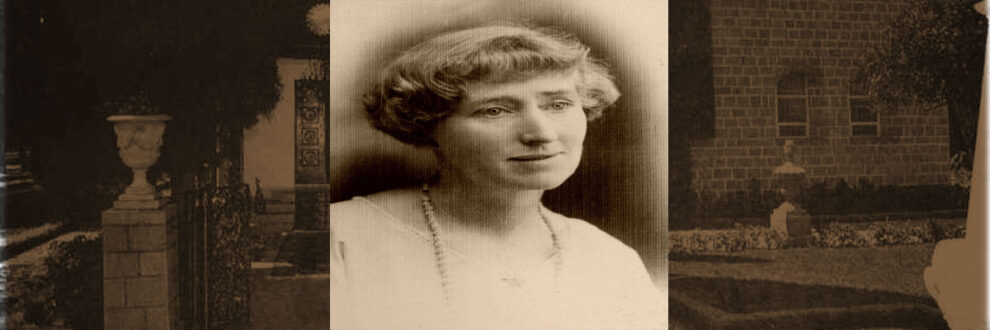 Euphemia “Effie” Eleanor Baker
Euphemia “Effie” Eleanor Baker
Born: March 25, 1880
Death: January 1, 1968
Place of Birth: Goldsborough, Victoria, Australia
Location of Death: Waverly, Australia
Burial Location: Mona Vale Cemetery, Waverly, Australia
Euphemia Eleanor Baker was an Australian photographer, and follower and advocate of Baháʼí Faith. Initially she took pictures of Australian wildflowers and published them in a booklet form. Later, after becoming a follower of Baháʼí Faith in 1922, she took pictures of the Baháʼí monuments in Australia, New Zealand, Iraq and Persia, some of which were included in Shoghi Effendi’s translation of the book The Dawn-Breakers. She became one of the Baháʼí Faith’s notable photographers.
Her father was John Baker, a miner, and her mother was Margaret, née Smith; she was the eldest of their eleven children. When she moved in 1886 to Ballarat to live with her grandparents, her grandfather Henry Evans Baker, who worked as the first superintendent at the Ballarat Observatory, infused in her deep interest in scientific instruments, creative thinking, and evolution. She then took keen interest in acquiring knowledge of scientific photography. She studied at Clarendon School, Mount Pleasant State School, and Grenville College. She then studied at Ballarat East School of Art, followed by acquiring knowledge about colours and compositions at the Ballarat Fine Art Gallery’s school under the guidance of P. M. Carew-Smyth. In 1892, she also learned to play piano under Edgar Nicolas, well known pianist, and gave piano performances at the Royal South Street Eisteddfod, and also won prizes.
In 1898, she developed her interest in photography in Perth and then at Ballarat in 1899; she started taking photographs with a quarter-plate camera which was given to her by her aunt Pheme (Henry Baker’s sister). Initially, she made albums of these photographs and presented them to her parents. In 1900, she moved to Black Rock, Melbourne, and lived with her great aunt Euphemia, who was a headmistress and whose success influenced her. In 1914 she published a booklet of Australian Wild Flowers which contained seven hand-coloured photographs taken by her. This booklet was republished in 1917, 1921, and 1922. She also made and sold fine wooden toys, made doll houses for charity, and painted water-colours of Australian flowers
Source:
Wikipedia
Images:
Bahá’í World Centre Archives






Add Comment